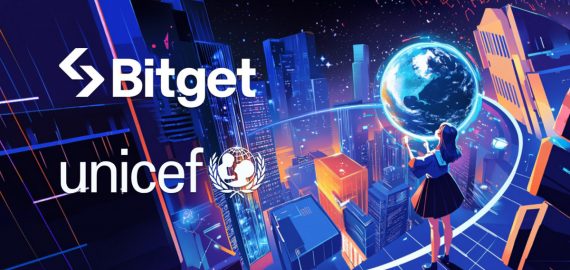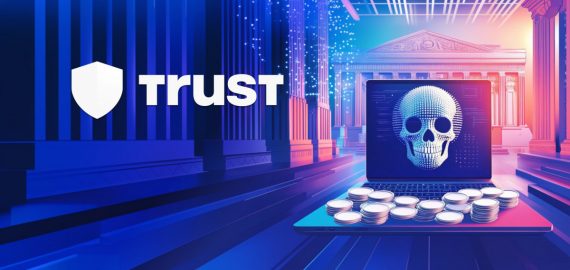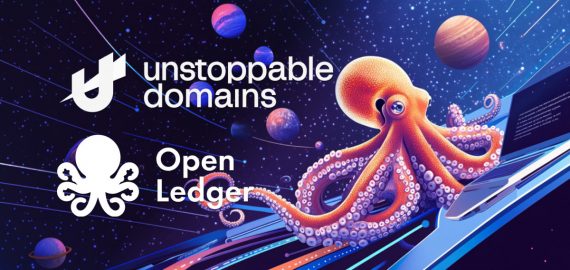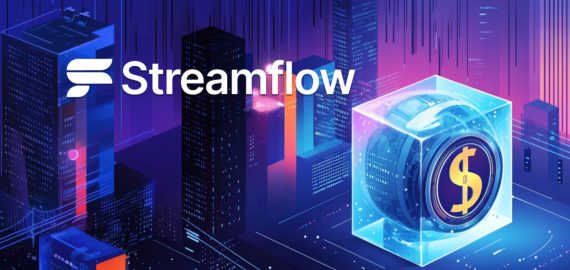MOCA Network’s Ambitious Vision: Bridging Web2 and Web3 to Create the Ultimate Interoperable Consumer Ecosystem for Gaming, Sports, and Entertainment


In Brief
Mocaverse plans to create an interoperable consumer network, MOCA Network, integrating music, gaming, sports, and intellectual property, with over 60 early partners expected to cooperate.
The statement made recently by Mocaverse about the creation of an interoperable consumer network, the MOCA Network, has a chance to transform a number of cultural verticals, including music, gaming, sports, and intellectual property. The network seeks to provide customers with a more unified and engaging experience by smoothly integrating different industries into only one universe.
More than 60 early partners are expected to cooperate with the MOCA Network, and the announcement of 20 more significant partners is anticipated shortly. The excitement that surrounded the introduction of these new partners underscores this network’s tactical importance in the market.
What is Network Interoperability?
Although the idea of interoperability in digital networks is not new, current advancements have elevated it to the fore of conversations over the direction of the Internet. Fundamentally, interoperability is the capacity of various systems, gadgets, or programs to communicate, share information, and function as a unit.
This might entail enabling consumers to preserve a consistent digital identity, reputation, and collection of assets across several platforms and services in the context of consumer networks.
The vision for interoperable consumer networks is ambitious. Imagine living in a future where you can use digital assets and currencies effortlessly across several ecosystems, where your credibility in a particular network can be recognized in another, and where your digital identity follows you from one application to another.
The barriers that presently cover most of the digital world may be broken down by this degree of interconnectedness, which might fundamentally alter the way we engage online.
A few essential elements are required to create consumer networks that are really interoperable. Interoperable digital assets or points, cross-platform reputation systems, portable digital identities, and unified account systems are a few of these.
What Does Interoperability Provide for Consumers and Businesses
There are several reasons for the need for interoperability. It promises to deliver more consistent and smooth digital experiences for customers. Users could be able to have a single, portable digital presence rather than having to manage several identities, accounts, and assets across various platforms. This has the potential to greatly simplify online interactions and create new avenues for interacting with digital services.
Interoperable networks offer both benefits and problems to developers and enterprises. They have the ability to develop more integrated services and reach a wider user base. However, they may also upend current economic models that depend on user lock-in and restricted ecosystems. The businesses spearheading the interoperability movement are placing their bets on the idea that the advantages of a more transparent system would exceed these possible drawbacks.
From a technological point of view, achieving interoperability is a difficult task. It necessitates creating uniform standards and norms as well as making sure they can be widely and safely used across a variety of services. User permission, security, and data privacy are important issues that need to be well thought out and handled, this is why the Mocaverse’s move is truly impressive.
How Interoperability is Bridging the Gap Between Web2 and Web3
The continued expansion of Web3 technology also connects with the creation of consumer networks that are interoperable. In order to facilitate new types of digital ownership and engagement, several Web3 initiatives use blockchain to establish more open, decentralized digital networks. Since many of these projects aim to provide alternatives to the closed ecosystems that currently control a large portion of the internet, interoperability is a fundamental tenet.
One especially intriguing area for interoperability efforts is the junction between Web2 and Web3. Developers intend to improve current digital experiences and extend the reach of Web3 by building connections between blockchain-based systems and conventional online services. This may result in new hybrid models that incorporate the most advantageous features of the two methodologies.
Yet, there are difficulties in bridging the Web2 and Web3 gaps. From their underlying technological designs to their approaches to user authentication and data management, these systems differ greatly in how they function.
It will take creative thinking to create really smooth interoperability across these disparate paradigms, as well as careful consideration of user requirements and expectations.
In order to build a next-generation network infrastructure, Mocaverse’s introduction of the MOCA Network’s interoperable consumer network is essential. By switching from a “one network-one service” paradigm to a “one network-many service” strategy, this new infrastructure seeks to enable a broad range of services.
It is projected that this change will alleviate existing bandwidth constraints and facilitate the unification of data, video, and voice services into a single link.
The prospective importance of the MOCA Network is further demonstrated by the integration of the Realm Network, which has already been verified to be integrated natively into Web2 applications with hundreds of millions of users. This integration is anticipated to provide a precedent for further advancements in the sector and open the door for interoperable networks to be adopted and used more widely.
Disclaimer
In line with the Trust Project guidelines, please note that the information provided on this page is not intended to be and should not be interpreted as legal, tax, investment, financial, or any other form of advice. It is important to only invest what you can afford to lose and to seek independent financial advice if you have any doubts. For further information, we suggest referring to the terms and conditions as well as the help and support pages provided by the issuer or advertiser. MetaversePost is committed to accurate, unbiased reporting, but market conditions are subject to change without notice.
About The Author
Victoria is a writer on a variety of technology topics including Web3.0, AI and cryptocurrencies. Her extensive experience allows her to write insightful articles for the wider audience.
More articles

Victoria is a writer on a variety of technology topics including Web3.0, AI and cryptocurrencies. Her extensive experience allows her to write insightful articles for the wider audience.

















































